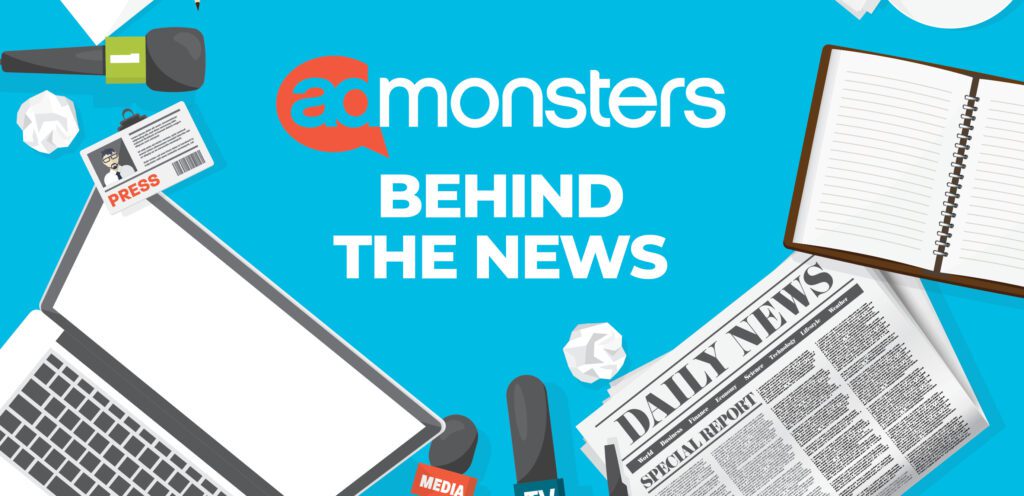
Google Ad Manager’s new Offerwall tool offers an in-between option for ads and paywalls. Pubs can unlock article access by having readers watch an ad, answer a survey or sign up for a newsletter.
After years of complaints that banner ads and open-exchange programmatic can’t keep quality newsrooms afloat, Google has rolled out a new option it believes can bridge the gap between free content and hard paywalls.
Offerwall for Google Ad Manager (GAM), moved to general availability Thursday. With the product, readers choose how they unlock articles—watch a quick ad, answer a short survey, drop a micro-payment, or sign up for a subscription. And publishers control when and how those choices appear.
If early results hold, the tool could nudge a broad swath of publishers toward more diversified business models.
“We work with publishers of all shapes and sizes—web, app, video, streaming, you name it—and our goal is to help all of them generate revenue from the content they create,” said Peentoo Patel, Product Director for GAM. “That revenue is what lets them keep producing the great content their audiences love.”
What’s Inside the Offerwall
At its simplest, Offerwall is a publisher-customized engagement layer that surfaces after a visitor has read a preset number of free articles. Instead of forcing an all-or-nothing decision, it presents a menu of “offers.”
One of the most popular offerings is a rewarded ad, a longtime staple of in-app advertising. Users engage with an ad experience to gain access to additional content.
During the e beta, Google added two new paths based on publisher feedback. The first is an interest-based survey that routes first-party data straight back to the outlet.
“Surveys were a top request,” Patel said. “Publishers want insights they can feed into future content or ad targeting.”
The second new addition uses AI to choose the moment the wall appears. Dubbed “Optimize your Offerwall,” the wall dynamically renders based on historical engagement signals such as audience data, browser type, and geolocation.
There is also a built-in integration with the payments firm Supertab, which supports both micro-payments and traditional subscriptions.
The final piece of the puzzle, the Custom Choice API, allows publishers to transform the Offerwall into a flexible platform, allowing them to integrate their existing in-house subscription services, newsletter sign-ups, or other custom experiences directly into the offerwall.
Early Data: Nine Percent and Climbing
More than 1,000 publishers participated in the closed beta, exposing a slice of their traffic to Offerwall while holding back a control group. On average, sites realized a 9% lift in overall revenue. Patel cautions against pinning that number on a single lever.
“It isn’t one particular thing,” he explained. “Rewarded ads have been the most popular path so far, but micro-payments, surveys, and subscriptions are all contributing. It’s the combined effect of giving users real choice and driving deeper on-site engagement.”
The mix is likely to evolve, according to Patel. For smaller publishers, these options could provide an out-of-the-box solution to diversify revenue beyond traditional ad experiences.
“The goal is to give publishers a way to experiment with different offers and see what resonates with their audience,” said Patel.
Implementation, Strategy, and the Road Ahead
For GAM clients already running standard ad tags, onboarding is close to turnkey. After enabling the feature, set rules (for example, three free articles per month and a seven-day unlock window), and the wall begins rendering on desktop and mobile web. Larger organizations can push deeper via an API, which integrates their authentication layers and feeds Offerwall outcomes into in-house customer data platforms.
Patel is quick to position the tool as more than a band-aid for traffic declines tied to algorithmic search changes or AI-generated summaries.
“Market trends keep changing how audiences arrive and engage,” he said. “Offerwall gives publishers middle-ground experiences—neither pure ads nor a hard paywall—to attract new users and build loyalty with existing ones.”
This middle-ground experience is needed across all publisher sizes. Small publishers can find incremental revenue without the engineering burden of a bespoke subscription stack. And national brands can convert casual readers into loyal customers with more granular options to reel them in.
With the product live worldwide, Google’s next step is to watch how publishers use a custom slot, where publishers can experiment with time-based passes for special events or offers related to charity tie-ins.
“Publishers always surprise us,” he said. “The more they experiment, the more we all learn.”